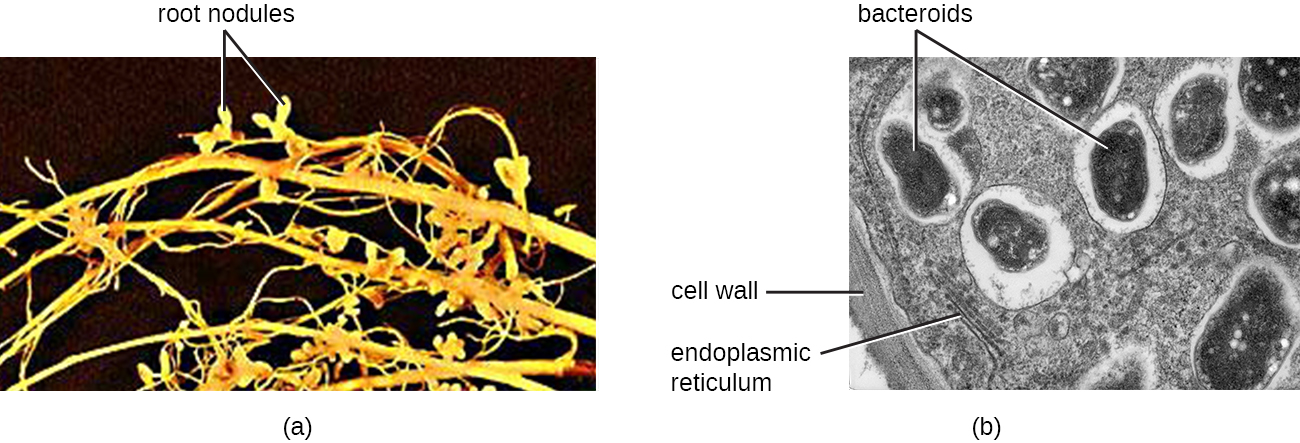| << Chapter < Page | Chapter >> Page > |

Another positive function of prokaryotes is in cleaning up the environment. Recently, some researchers focused on the diversity and functions of prokaryotes in manmade environments. They found that some bacteria play a unique role in degrading toxic chemicals that pollute water and soil. A.M. Kravetz “Unique Bacteria Fights Man-Made Chemical Waste.” 2012. http://www.livescience.com/25181-bacteria-strain-cleans-up-toxins-nsf-bts.html. Accessed March 9, 2015.
Despite all of the positive and helpful roles prokaryotes play, some are human pathogens that may cause illness or infection when they enter the body. In addition, some bacteria can contaminate food, causing spoilage or foodborne illness, which makes them subjects of concern in food preparation and safety. Less than 1% of prokaryotes (all of them bacteria) are thought to be human pathogens, but collectively these species are responsible for a large number of the diseases that afflict humans.
Besides pathogens, which have a direct impact on human health, prokaryotes also affect humans in many indirect ways. For example, prokaryotes are now thought to be key players in the processes of climate change . In recent years, as temperatures in the earth’s polar regions have risen, soil that was formerly frozen year-round (permafrost) has begun to thaw. Carbon trapped in the permafrost is gradually released and metabolized by prokaryotes. This produces massive amounts of carbon dioxide and methane, greenhouse gases that escape into the atmosphere and contribute to the greenhouse effect.
As we have learned, prokaryotic microorganisms can associate with plants and animals. Often, this association results in unique relationships between organisms. For example, bacteria living on the roots or leaves of a plant get nutrients from the plant and, in return, produce substances that protect the plant from pathogens. On the other hand, some bacteria are plant pathogens that use mechanisms of infection similar to bacterial pathogens of animals and humans.
Prokaryotes live in a community , or a group of interacting populations of organisms. A population is a group of individual organisms belonging to the same biological species and limited to a certain geographic area. Populations can have cooperative interactions , which benefit the populations, or competitive interactions , in which one population competes with another for resources. The study of these interactions between populations is called microbial ecology .
Any interaction between different species within a community is called symbiosis . Such interactions fall along a continuum between opposition and cooperation. Interactions in a symbiotic relationship may be beneficial or harmful, or have no effect on one or both of the species involved. [link] summarizes the main types of symbiotic interactions among prokaryotes.

Notification Switch
Would you like to follow the 'Microbiology' conversation and receive update notifications?